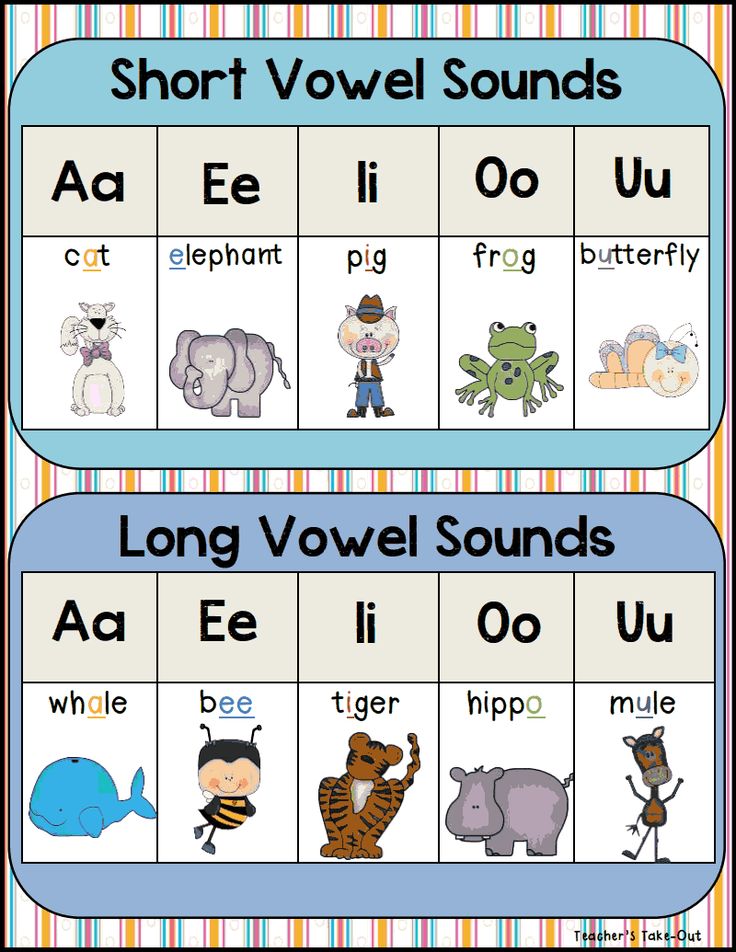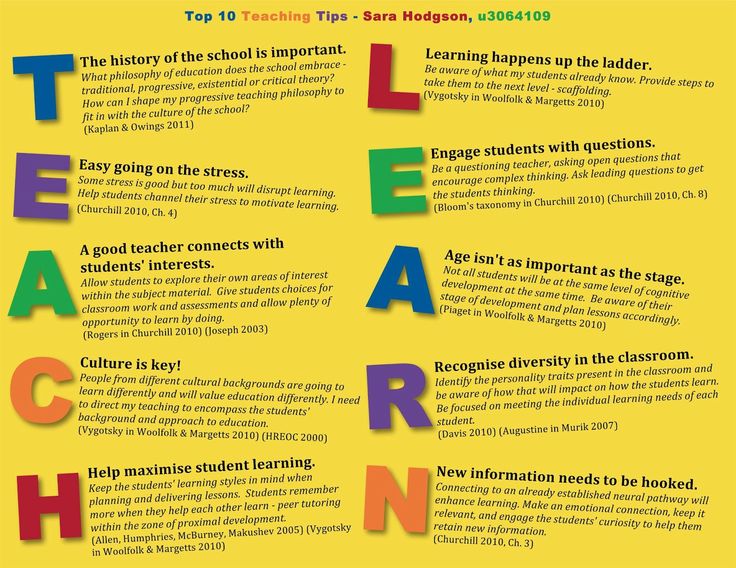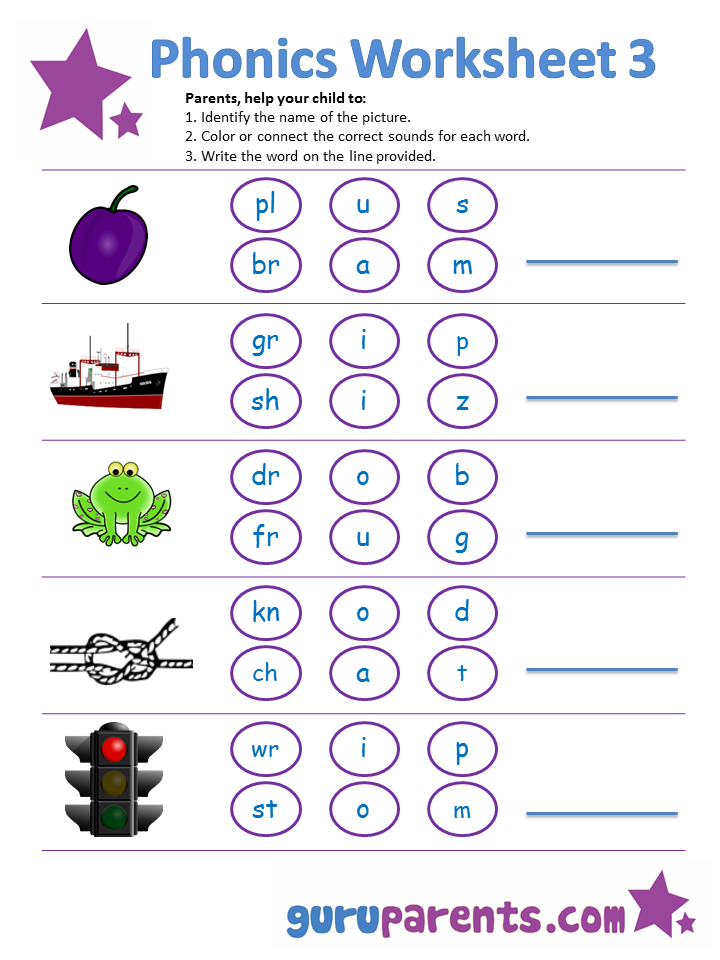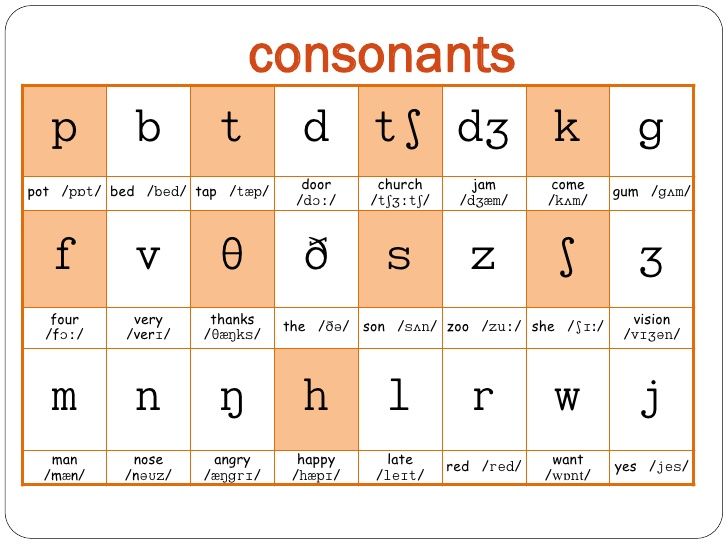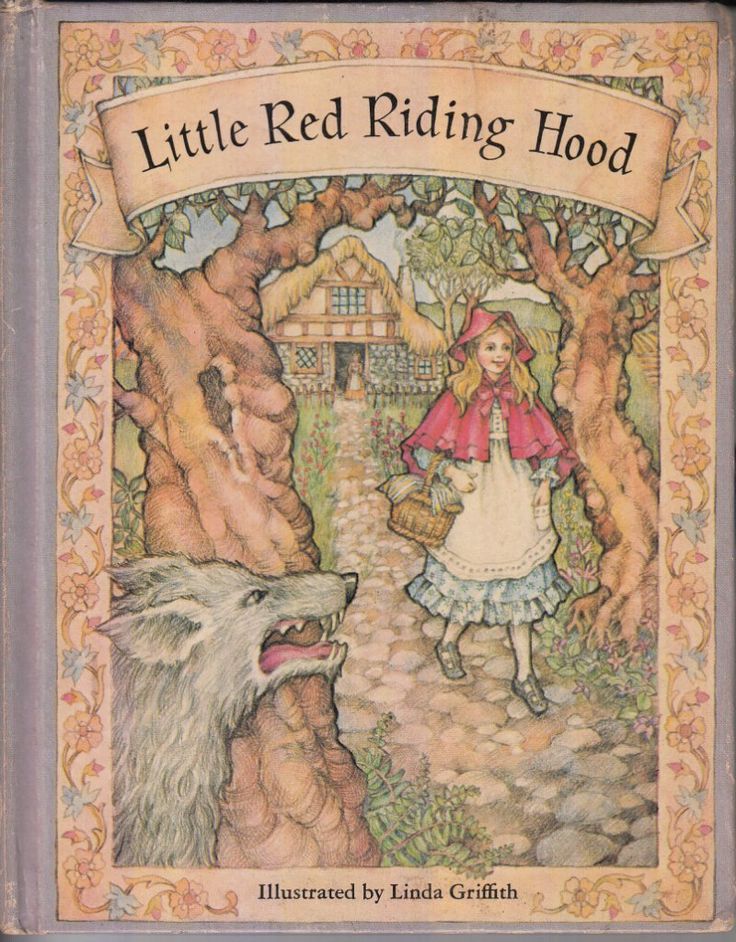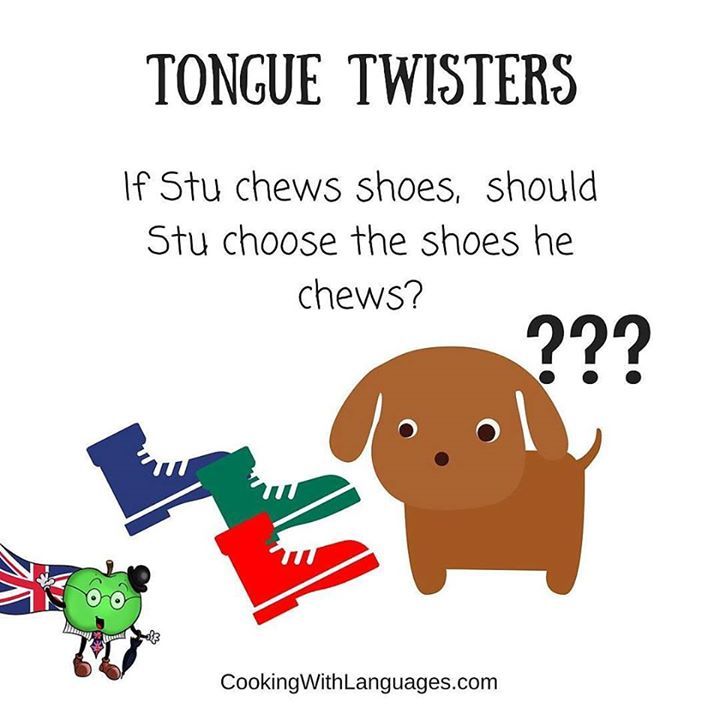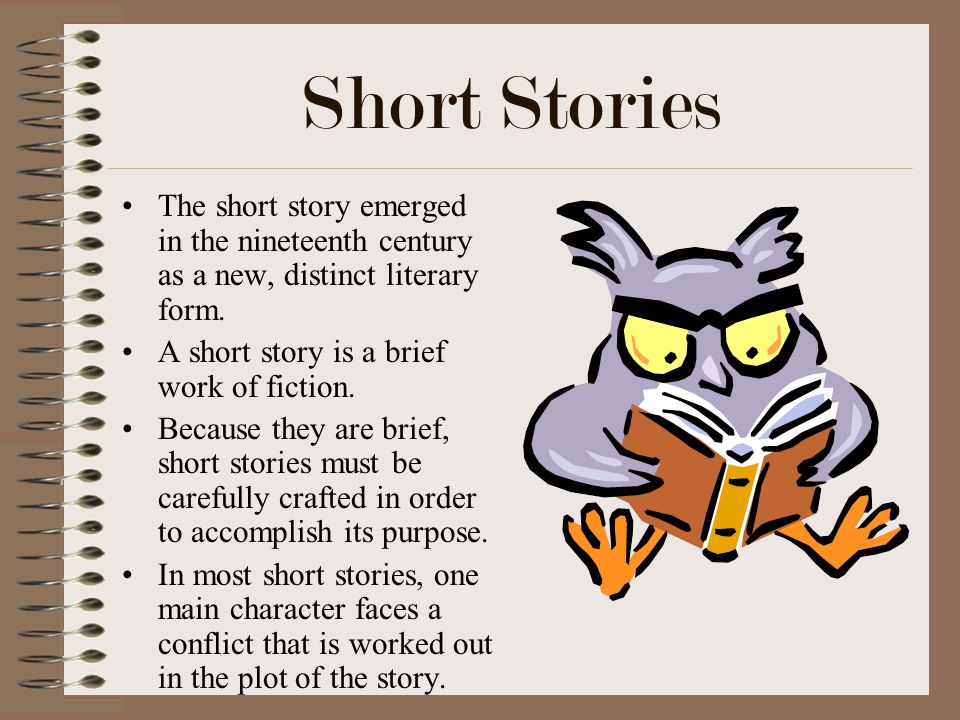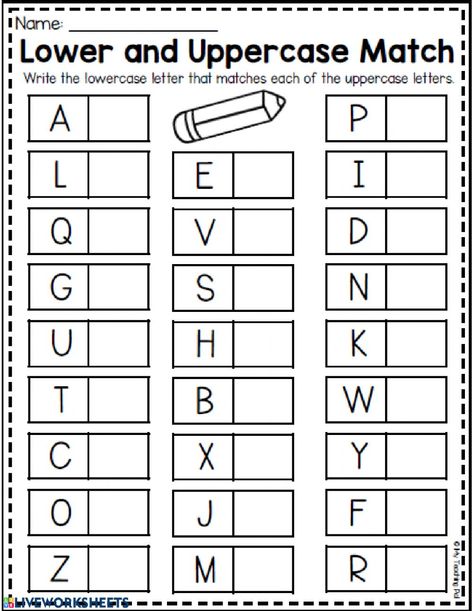Teaching b and d
4 Tricks for Helping Students Correct b/d Letter Reversals
This blog post is brought to you by the lowercase letters b and d. They look so similar that you can see where confusion occurs for beginning readers and writers. Letter reversals are frequently seen in the writings of K-2nd grade students whose orthographic representation of each letter is not fully developed. Students who have not properly stored the information in their brain will also manifest the issue when they are reading and come to words that contain the letters b and d. Many parents of younger students have asked me if their child has dyslexia because they reverse letters. I always refer them to this source after I have explained that it is a fairly common occurrence. The trick is to ensure that it is a temporary phenomenon and doesn’t become a bad habit. As a teacher, parent, or friend of the universe, there are things that you can do to help students develop a rapid and accurate recognition of these initially, similar looking letters during your structured literacy instruction.
Focus on one letter at a time.
In fact, over-teach one letter before introducing a letter that is similar. One important thing to note is letter formation. Consistently emphasize the proper way to form each letter—ALWAYS. For example, the lowercase letter b ALWAYS starts with a line. The lowercase letter d ALWAYS starts with a circle. It is common for students to draw the line first and then think about where to draw the circle. Break this habit early by constantly reinforcing proper formation.
Teach the mouth formation for each letter sound.
For example, when you say the sound the letter b represents (/b/) your lips are together (in a line like you see at the beginning of the letter b). When you say the sound of letter d (/d/) your lips are open and your tongue is on the roof of your mouth. Use a mirror so students can see their own adorable faces forming the correct sounds associated with each letter.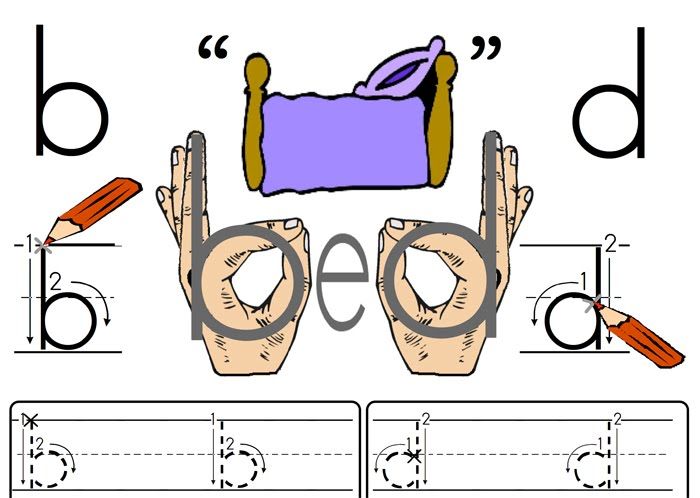
Use multi-sensory activities.
Some beginning readers and writers struggle with the fine motor skills necessary to form letters correctly. Begin by focusing on the proper formation of each letter by first using large motor skills. Activities such as drawing a large version of each letter on a chalkboard or whiteboard, forming the letters in finger paint (pudding is fun too) or shaving cream on a desk (bonus: the desk gets clean and your classroom smells freshly shaven), and forming letters on a buddy’s back and having them guess the letter, are fun and simple ways to practice. ALWAYS have the students say the sound of each letter as they are forming it. Keep reading for instructions for one activity that I have found to help students distinguish between b’s and d.
Focus on Automaticity.
Once they have shown mastery in correctly writing each letter and producing the sound that each letter represents, focus on automaticity. A timed letter sort is a fun way to help practice automatic recognition. Print multiple copies of the same letters in various fonts so students can apply their knowledge with any text. Then use words that are similar. An example list for words that you could use for a b and d sort would include the words big and dig, dug and bug, brag and drag, bog and dog, and dad and bad.
Print multiple copies of the same letters in various fonts so students can apply their knowledge with any text. Then use words that are similar. An example list for words that you could use for a b and d sort would include the words big and dig, dug and bug, brag and drag, bog and dog, and dad and bad.
A cloze activity using words that start with the letters in focus would provide students with more opportunities to apply their newly acquired skill. Timing the activity would help to increase fluency in spelling words that contain the letters that you are focusing on with your student. Here is one activity that I have found to be helpful in clearing up some of the confusion for students. For this activity, I used one bar from a Twix © candy bar and a mini-sized chocolate donut. It would be ideal if you can find these (since Butterfinger © starts with
b). The idea is to emphasize that the letter b starts with a bar (as in candy bar) and the letter d starts with a round shape like a donut.
The idea is to emphasize that the letter b starts with a bar (as in candy bar) and the letter d starts with a round shape like a donut.
I always have the student draw the letter and say, “b, /b/” as they are writing the b or “d, /d/ as they are writing the d. It is also helpful to point out that when we read, we read from left to right. In doing so, when you come to a letter that could be a b or a d, the student could look to see what comes first, the bar or the donut to help give them a visual clue as to what the letter is. (Disclaimer: Be aware of food allergies and give students extra P.E. time to run off the calories if you choose to let your students consume the treats involved in the lesson. Also, you will have to weigh (pun intended) the consequences of promoting unhealthy eating over automatic letter recognition). Here are some pictures of a 2nd grade student (who has been very persistent in his quest to correctly recognize b and d) teaching his 1st grade sister “the trick.
Do you know a “trick” that you have found successful when helping students recognize the difference between the letters b and d? If you do, would you share it maybe.
Interested in learning more about Early Literacy? Explore our FREE educational resources to learn how you can help the young readers in your life!
Related Articles
Teaching Reading Strategies
Crucial Steps for Effectively Teaching Reading to Struggling Readers ›
How Should You Teach Exceptions to Phonics Rules? ›
8 Ways to stop b and d letter reversals
PSPKK12351 Comments
This post contains affiliate links. As an Amazon Associate I earn from qualifying purchases.
Sharing is caring!
Are your learners mixing up b and d? Try one of these tricks to end b d confusion!
I recently shared a newsletter with tips for helping kids with b and d letter reversals.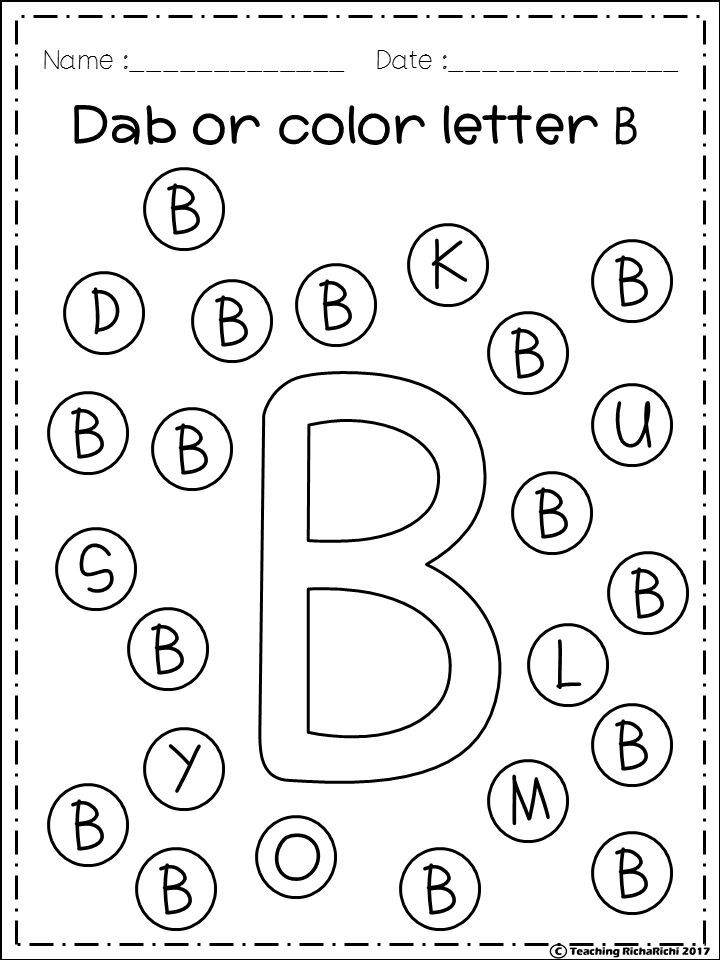 Many of my readers e-mailed back with even more ideas.
Many of my readers e-mailed back with even more ideas.
I’ve put them together in this blog post. Use these ideas to clear up that b d confusion!
Then grab the free posters in the download at the end of the post.
How to help kids stop mixing up b and d
1 – Teach your students that you write
c before you make the d.Show them that they start out making a c, which turns into a d. Your cue could be “c the d” or “start with a c to make a d.”
2 – A classic trick is to show kids how to make a bed with their hands.The b comes first, and the d comes second, just as in the letters of the word bed.
3 – Some people find it helpful to over-teach whatever letter the child can form with the non-dominant hand.For example, if a child is right-handed, s/he can form a b with the fingers of the left hand. If the child is left-handed, s/he will always hold up the right hand to make a d.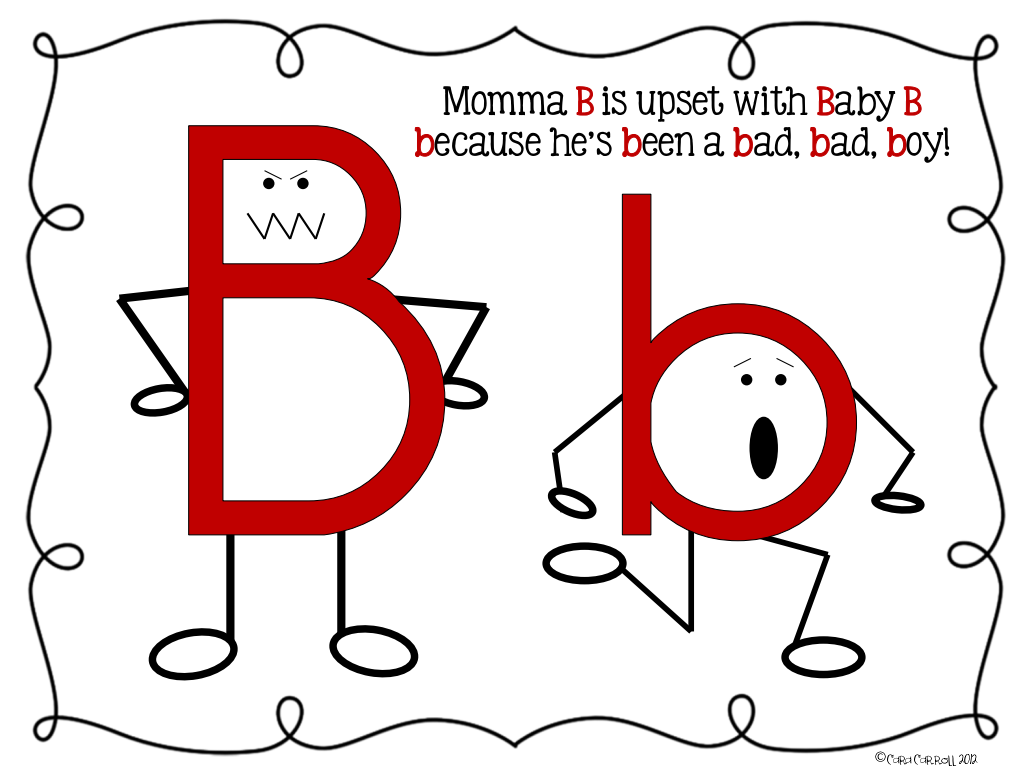 This is an easy, quick way for kids to check when they’re reading and writing.
This is an easy, quick way for kids to check when they’re reading and writing.
You can teach your learners that when say b, their lips begin with a straight line, just as the letter b does. But when you say the letter d, your lips are open; this resembles the circle at the start of the letter d.
6 – When looking at b and d, what do you see first? A broomstick or a donut?7 – With letter b, the bat comes before the ball.8 – The letter b has a belly. Letter d has a diaper!I hope that one of these does the trick for your learners! Grab the free posters below.
Get your free b / d reversal posters!
CLICK TO DOWNLOAD
Free Alphabet Printables
Join our email list and get this free sample of alphabet activities from our membership site! Students will practice identifying and forming letters, matching upper to lowercase, and identifying beginning sounds.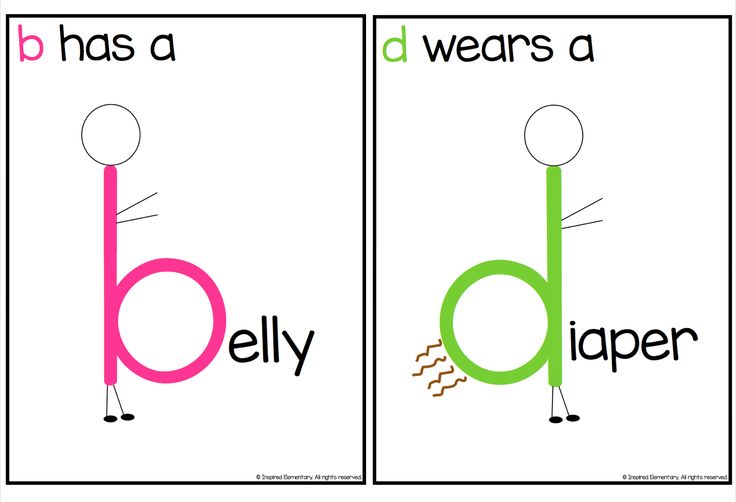
Sharing is caring!
Filed Under: Alphabet, Reading, Writing in Pre-K, Writing in K-3 Tagged With: first grade, second grade, kindergarten
You May Also Enjoy These Posts:
Floss rule activity
Editable vocabulary game
Reader Interactions
Trackbacks
Training in a driving school - category B
- Main
- Category B
Standard
-
Theoretical part:
130 hours in person or remotely
-
Practical part:
30 prepaid driving hours included.
- nine0004
Comfort+
-
Theoretical part:
130 hours in person or remotely
-
Practical part:
Included 66 prepaid driving hours
Attention! Detailed information about groups and the cost of training can be found in the section "Places of training" nine0009
If you plan to refuse the services of carriers and move independently behind the wheel of your own car, then first you need to take a driving school training for the rights of category "B". Category "B" is the most popular category due to the fact that its assignment provides the ability to drive cars, as well as small trucks and minibuses.
Category "B" is the most popular category due to the fact that its assignment provides the ability to drive cars, as well as small trucks and minibuses.
What is this category?
Category "B" provides the opportunity to drive a car, a truck with a permitted maximum capacity of up to 3.5 tons, as well as a minibus, in which the number of seats, in addition to the driver's seat, does not exceed 8. nine0009
The rules of the road change every year, clarifications, additions, new paragraphs of the rules are made, new signs are added. This is largely due to the fact that progress does not stand still. There are new vehicles that require a license to drive. Now, having passed the exams for category “B”, newly minted drivers get the right to drive vehicles related to B1: ATVs, tricycles with an automobile type of steering wheel and weighing more than 400 kg, with a power of more than 15 kW (20 hp) nine0009
Who can study for this category?
According to the current legislation, citizens who have reached the age of 16 can study for category "B". It will be possible to take exams in the traffic police only after reaching the age of 17, for this it is necessary to provide a notarized consent from one or two parents (guardians), but you can get the coveted driver's license only after reaching the age of majority, i.e. At 18 years old.
It will be possible to take exams in the traffic police only after reaching the age of 17, for this it is necessary to provide a notarized consent from one or two parents (guardians), but you can get the coveted driver's license only after reaching the age of majority, i.e. At 18 years old.
Driving schools: category "B" nine0055
When choosing a driving school, you should take into account the requirements that apply to a driving school that respects its students.
What should a driving school have?
1. License to provide educational services.
2. Training area for driving lessons.
3. Conclusion from the traffic police that the material and technical base meets the requirements of the standards.
4. Traffic instructors with appropriate qualifications, as well as instructors with extensive driving experience. nine0009
5. Flexible class schedule: weekend groups, evening and afternoon groups, as well as distance learning.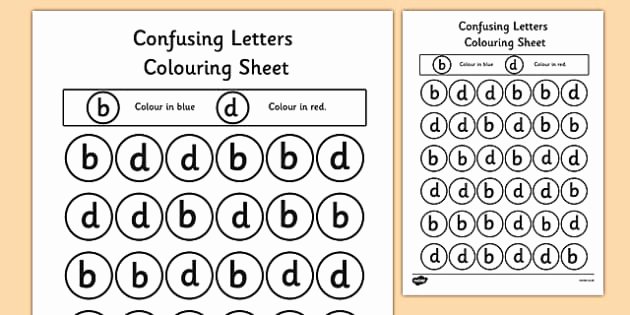
6. Optimal prices for training.
7. Possibility of issuing a driver's profession certificate.
Training lasts for several months, so the choice of a particular driving school will largely determine in the future not only the quality of the knowledge gained, but also confidence on the road. Before you learn for the rights of category "B" in a particular driving school, read the reviews of those who have already completed training. Learn from the mistakes of others, paying constant attention to the little things and nuances. nine0009
Having given preference to a particular driving school, you should direct your own efforts and efforts to the final result - obtaining a driver's license. Instructor time should be used to the maximum. More hours spent behind the wheel of a car will increase the accuracy of tasks and contribute to a timely response to changes in the traffic situation.
Training program
Category B training program for driving 9 passenger cars0051 190 hours consists of two stages theoretical and practical .
The theoretical part covers the entire period of study, which is approximately from 2 to 3.5 months , depending on the schedule of your group's classes, and consists of basic, special and professional cycles.
The practical part of starts around the third week of training and includes not only classes in the car in the city and on the site, but also on the simulator. nine0009
After completing a full course of study at driving school , exam is taken, consisting of theoretical and practical parts. On the theory, it will be proposed to answer 20 questions of examination tickets, divided into four blocks, five questions each, on a hardware-software complex. If no more than two errors are allowed (in different blocks), then additional questions are given (five questions for each error). The practical part of the exam consists of two stages, passing on the site and in real urban conditions. Score system (no more than five points). nine0009
nine0009
After passing the exam at school, a driver's profession certificate is awarded.
A driver's license for category "B" is assigned after the student successfully passes the qualifying exam in the traffic police.
category A, B and others :: Autonews
Driving license today is not a luxury, but a vital necessity. This document gives independence and freedom of movement. Every year, over a million people in Russia get a driver's license, but not everyone knows how and where you can learn to be a driver and how long this process usually takes. We have tried to answer these questions in the material Autonews.ru. How much do you need to study? nine0009
- License category "B"
- Category A license (motorcycle)
- How to reduce training time
- How to get rights through DOSAAF
- At what age can you study
adv. rbc.ru
rbc.ru
Law education in Russia is a complex, time-consuming process that requires great perseverance from candidates. Many people ask themselves the question: how many months will they have to go to classes before passing the exams, and also whether it is possible to reduce the training time and save a little. nine0009
Like any other training, the driver training program is measured not by the number of calendar months or days, but by the number of lessons. Only after studying, you will get a chance to pass the exams and, if you pass them successfully, get behind the wheel.
The terms of training depend mainly on the intensity of the program in a particular driving school. Any training program must comply with the requirements of the Order of the Ministry of Education and Science of Russia No. 1408 dated December 26, 2013. Exemplary professional training programs for drivers of vehicles of the relevant categories and subcategories are approved by this document.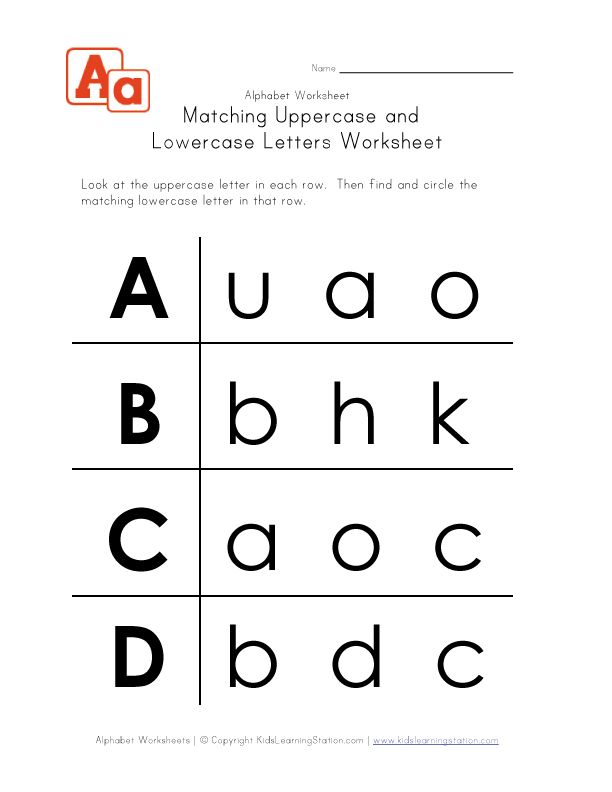 nine0009
nine0009
Driving schools usually have a four-hour schedule four times a week. In this case, you can complete the course in about 11–12 weeks, that is, in three months . When the intensity decreases, the calendar training time increases, and vice versa. For example, a group studying twice a week will, on average, be able to complete a full course in six months.
There is another point that should be taken into account - the category of rights. For the rights of different categories, the training time varies. Interestingly, Order No. 1408 does not establish an academic or astronomical norm for the duration of a lesson: the duration of a lesson is regulated by the internal Regulations of the educational institution. As a rule, the theoretical lesson lasts 45 minutes, and the practical lesson lasts 60 minutes. nine0009
The process of learning in a driving school is formed, among other things, from practice, which goes in parallel with theory. This does not affect the overall duration of the process.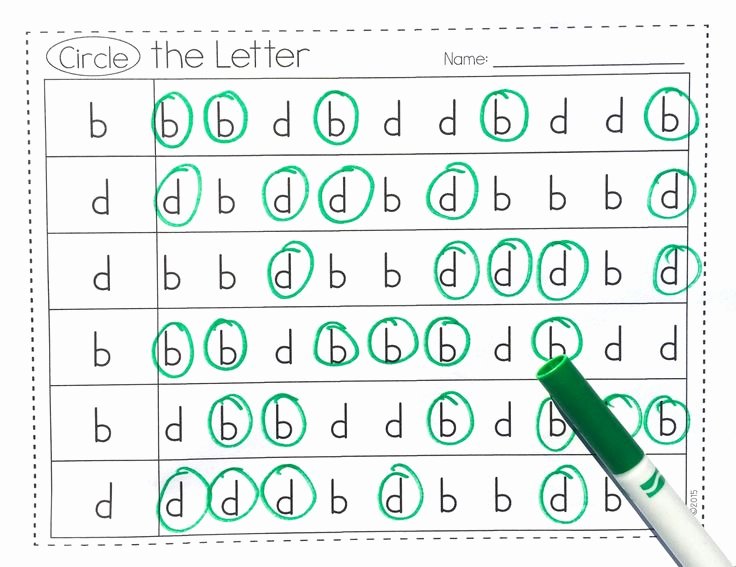
On average, classes A, B, and M take up to four months, C, up to six months, D, up to seven and a half months, and DE and CE, up to one month.
Driving schools usually have a four-hour schedule four times a week. (Photo: Sergey Fadeichev / TASS)
How much to study for the rights of category "B"
The legislation defines the minimum number of hours of study for each category. Since 2014, their number has increased significantly. For example, if earlier training for the most popular category “B” took 156 hours, now it takes at least 188–190. Of these, 130 hours are allotted for theory, 56 hours for practical driving (in the case of a manual transmission) or 54 hours (with an automatic transmission). Another four hours are required to pass the exam.
The theoretical part of training traditionally includes:
- traffic rules.
- Profile law.

- Basics of behavior on the road.
- Fundamentals of first aid (16 hours).
- Theory of safe driving.
- Rules for the operation of the vehicle.
- Fundamentals of the correct transportation of goods and passengers.
Practical part includes:
- Classes at the autodrome.
- Practicing exercises. nine0003 Driving around the city with an instructor.
Upon completion of the training process, candidates for drivers pass internal exams, according to the results of which they are allowed or not allowed to pass exams in the traffic police. Without a document confirming the end of your studies at a driving school, you will not be allowed to take the exam at the State Traffic Inspectorate.
How much to study for category “A” license (motorcycle)
In accordance with the Exemplary training program for drivers of vehicles of category “A”, training includes 134 hours of theoretical classes (learning traffic rules) and 18 hours of practice. The theoretical part of training completely coincides with the theory for category "B", therefore it is expedient to open these categories simultaneously . Some driving schools allow candidates with an already open category "B" not to attend theoretical classes.
The theoretical part of training completely coincides with the theory for category "B", therefore it is expedient to open these categories simultaneously . Some driving schools allow candidates with an already open category "B" not to attend theoretical classes.
It is worth considering that this in no way saves you from passing the theoretical exam: first you have to pass it at the driving school itself, then at the traffic police. In other words, you can not go to theoretical classes only if you are 100% sure of your knowledge.
You can get a certificate of completion of training, including in a motorcycle school, if it has the appropriate license. In practice, not all driving schools that have a category “A” license have their own motorcycle fleet and motorcycle instructors, so they cooperate with motorcycle schools. In this case, the equipment must be properly registered, and the motorcycle instructor must have a license for training in category “A” and be an employee of this driving school. nine0009
Duration of training depending on the category
Usually, it takes a student up to 4 months to study categories "A", "B" and "M", "C" - up to 6 months, "D" - up to 7.5 months, and "DE" and "CE" - up to 1 month.
How to reduce training time
Until 2018, Russian citizens could save their time thanks to the possibility of self-study without paying for the services of a professional instructor. But now without attending a driving school and receiving a certificate of completion of courses It is impossible to issue a driver's license. Only accredited educational institutions can conduct classes. Their list can be found on the official website of the traffic police. However, there are ways to shorten the learning process.
Choosing the “right” driving school
By choosing the most intensive course of study, you save your time: the more classes you can attend per week, the faster you will be able to pass the traffic police exams and drive.
Retraining
If you already have a previously opened driver's category, you can complete the accelerated course in 84 hours . Retraining assumes that the candidate already knows the traffic rules and the basics of traffic safety legislation. He only needs to study the material base of a new type of transport and learn how to manage it - to get practical driving skills.
You can retrain from category "B" to "C" in about two months.
But the retraining of drivers of four-wheeled vehicles to two-wheelers - "A", "A1" and "M" (motorcycles, scooters, mopeds, etc.) - takes place at the full rate, as well as vice versa. nine0009
Retraining assumes that the driver already knows the traffic rules. And it is enough for him to learn the basics of a new type of transport and learn how to manage it.
Distance learning theory
New drivers cannot bypass the full course. However, they have the opportunity to make their lives a little easier by learning theory remotely and on an individual schedule. In this case, there is no need to waste time on an extra road.
In this case, there is no need to waste time on an extra road.
How to get rights through DOSAAF
You can learn not only at your own expense. An alternative option may be resorted to by young people who are registered with the military and wish to serve in the army as a driver. Such citizens have the right to undergo training in the direction from the military registration and enlistment office to DOSAAF. True, there is a small nuance: if, after completing the training, the young man decides to “hang out” from the service, then he will have to reimburse the costs of training .
Only persons who have reached the age of 17 can learn to become a driver from the military registration and enlistment office. The certificate is issued even later - when they turn 18 years old. nine0009
To enroll in DOSAAF for driving courses, the candidate needs a package of documents:
- Referral from the military registration and enlistment office.
- Consent to be trained by parents or legal guardians.
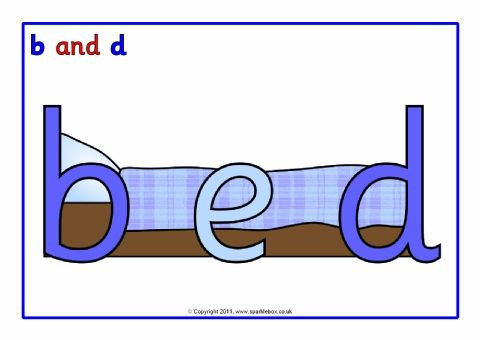
- Original passport and its photocopy.
- Certificate of registration place.
- Certificate of passing a medical examination and the absence of contraindications to driving.
Studying at DOSAAF in the direction of the military registration and enlistment office is possible only for persons subject to conscription. Citizens who have received a deferment from service should not count on this way of obtaining rights. nine0009
At what age can you learn to drive
The minimum age at which you can get a driver's license in Russia depends on the vehicle category.
You can get the rights of categories "M" and "A1" from the age of 16, "A", "B", "B1", "C", "C1" - from the age of 18, "D", "D1", " Tm", "Tb" - from the age of 21.
For category “BE”, the experience of driving a vehicle of category “B” is required from one year, “CE”, “C1E” - the experience of driving a vehicle of category “C” from a year, and “DE”, “D1E” - the experience of driving a vehicle of category "D" for the year.

